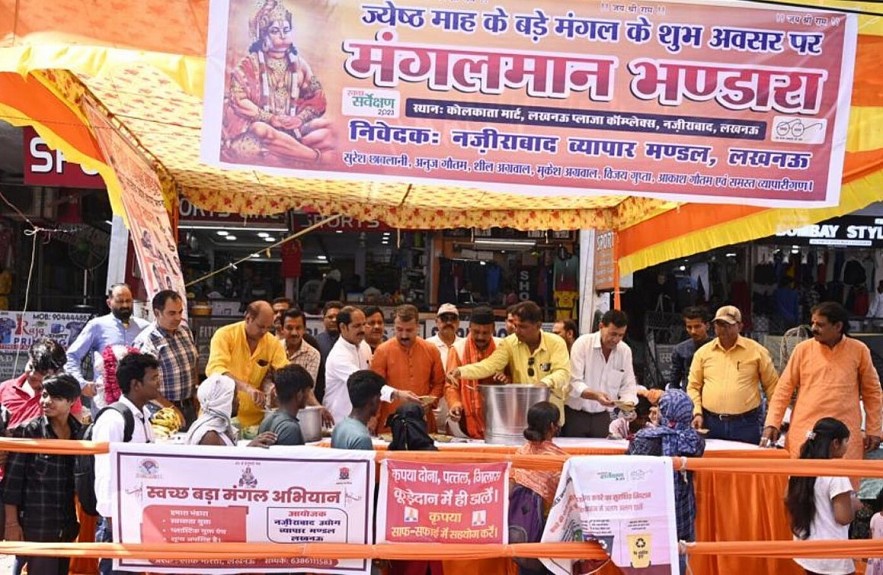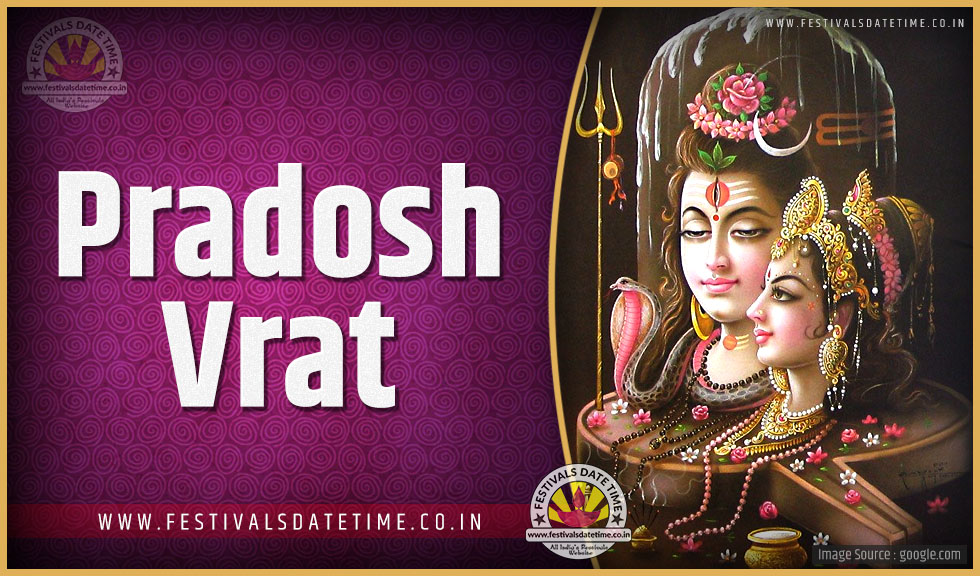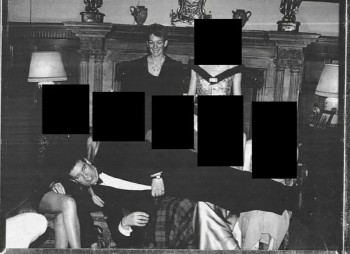What is Bada Mangal? Dates, History, Significance, Rituals and Observances
Observed on every Tuesday of the Hindu month Jyeshtha (May–June), this festival is dedicated to Lord Hanuman, revered for his strength, devotion, and protection. Bada Mangal stands out for its deep-rooted history, vibrant celebrations, and embodiment of communal harmony.
Bada Mangal 2025 Dates
In 2025, Bada Mangal will be observed on the following Tuesdays:
-
May 13, 2025
-
May 20, 2025
-
May 27, 2025
-
June 3, 2025
-
June 10, 2025
These dates correspond to the Tuesdays falling within the Jyeshtha month of the Hindu calendar.
Check more: Most Auspicious Dates for Engagements and Weddings in May 2025 by Chinese and Indian Traditions
 |
| What is Bada Mangal? |
Historical Background
The origins of Bada Mangal trace back to the 18th century during the Nawabi era in Awadh. According to historical accounts, Janab-e-Alia, a Hindu consort of Nawab Shuja-ud-Daula, prayed at a Hanuman temple in Aliganj for a child. After her prayers were answered, she commissioned the construction of a new Hanuman temple in gratitude .
Another legend attributes the festival's inception to Nawab Saadat Ali Khan. His son, Mohammad Ali Shah, fell gravely ill, and upon seeking blessings at the Aliganj Hanuman temple, the prince recovered. In thanksgiving, the Nawab initiated the tradition of Bada Mangal celebrations.
These narratives underscore the festival's embodiment of Ganga-Jamuni tehzeeb, symbolizing the harmonious coexistence of Hindu and Muslim cultures in Lucknow.
Religious Significance
Bada Mangal is dedicated to Lord Hanuman, who is believed to be immortal and ever-present to aid devotees. Worshipping Hanuman on these Tuesdays is thought to:
-
Protect from evil forces and misfortunes
-
Mitigate the adverse effects of Mars (Mangal) and Saturn (Shani)
-
Grant strength, courage, and success
Devotees believe that prayers and rituals performed on Bada Mangal are especially potent, bringing peace and prosperity.
Read more: May 2025 Calendar for India: Public Holidays, Festivals, Observances & State Events
Rituals and Observances
1. Temple Visits and Prayers
Devotees flock to Hanuman temples, notably the Aliganj Hanuman Temple, from early morning. They offer Sindoor, Jasmine oil, Boondi Laddoos, and chant Hanuman Chalisa and Sundarkand passages. Reciting specific mantras 108 times is considered highly auspicious.
2. Fasting and Spiritual Practices
Many observe fasts, refraining from tamasic foods and maintaining celibacy for the day. Lighting a ghee lamp, offering prayers, and donating to the needy are integral practices. It's advised to avoid wearing black or white clothes and not to lend or borrow money on this day .
3. Community Feasts (Bhandaras)
A hallmark of Bada Mangal is the organization of Bhandaras, where free food and drinks are distributed to all, regardless of religion or caste. Dishes like Aloo-Puri, Kadhi-Chawal, Halwa, and Sherbet are commonly served. These feasts exemplify the festival's spirit of charity and communal harmony.
Celebrations in Lucknow
Lucknow transforms into a hub of devotion and festivity during Bada Mangal. Streets are adorned with decorations, and loudspeakers play devotional songs. The Aliganj Hanuman Temple, with its unique architecture featuring a crescent and star atop its dome, becomes the epicenter of celebrations, symbolizing the city's syncretic culture .
Various organizations and individuals set up stalls to distribute Prasad, Sherbet, and water, reinforcing the festival's inclusive nature. Cultural programs and devotional singing continue late into the night, fostering a sense of unity and shared heritage .
Conclusion
Bada Mangal is more than a religious observance; it's a celebration of faith, community, and cultural unity. Rooted in historical narratives and enriched by communal participation, the festival exemplifies the spirit of Lucknow's Ganga-Jamuni tehzeeb. Participating in Bada Mangal offers a profound experience of devotion, generosity, and harmony.
 Pradosh Vrat Day: History, Significance and Celebration Pradosh Vrat Day: History, Significance and Celebration Pradosh Vrat is a popular Hindu vrat that is dedicated to Lord Shiva and Goddess Parvati, can be observed by all irrespective of the age ... |
 Indian National Anthem: Hindu Lyrics, English Version and History Indian National Anthem: Hindu Lyrics, English Version and History Check out full lyrics of India's national anthem in short and long versions - Hindu and English Version! |























